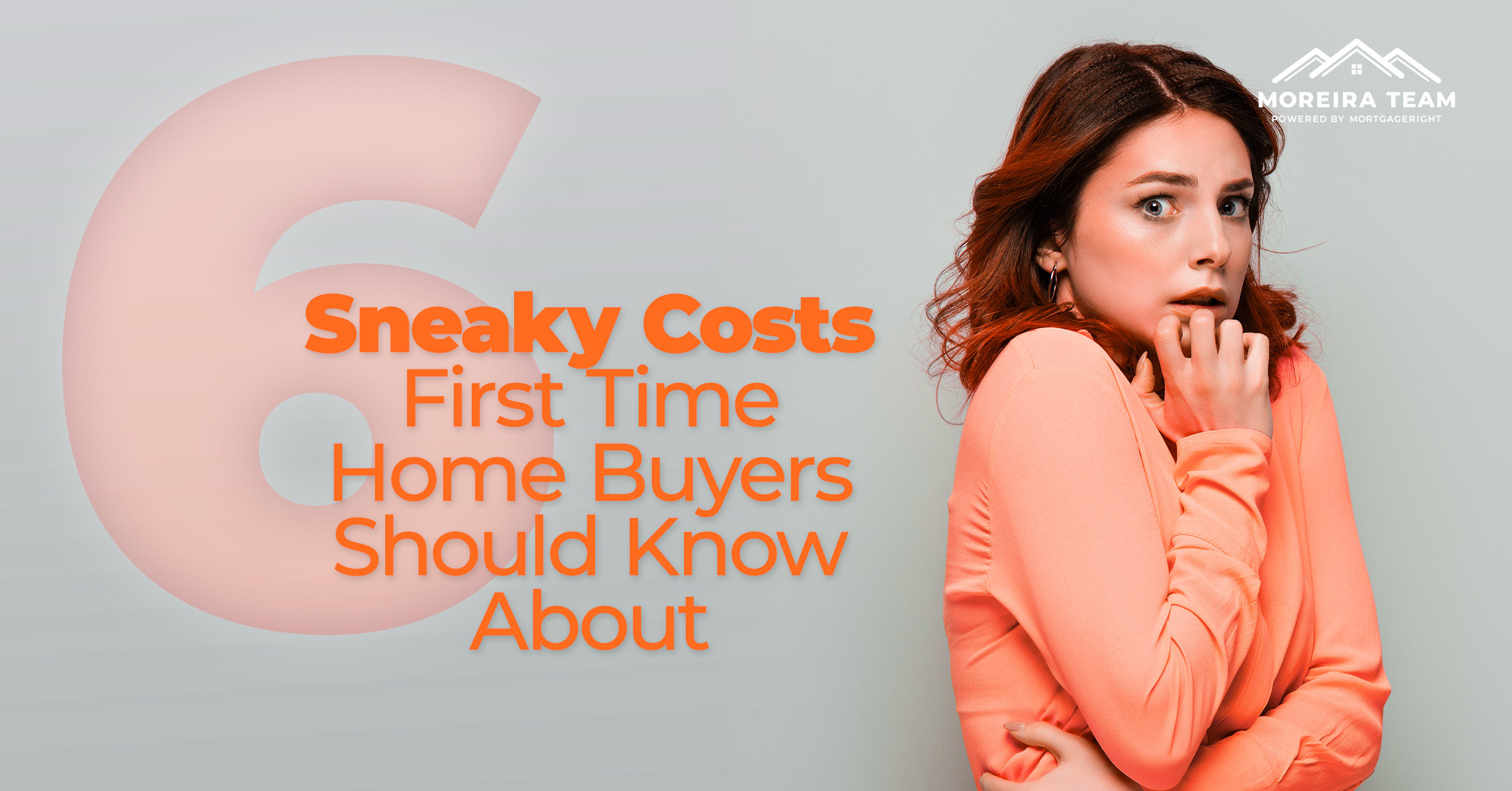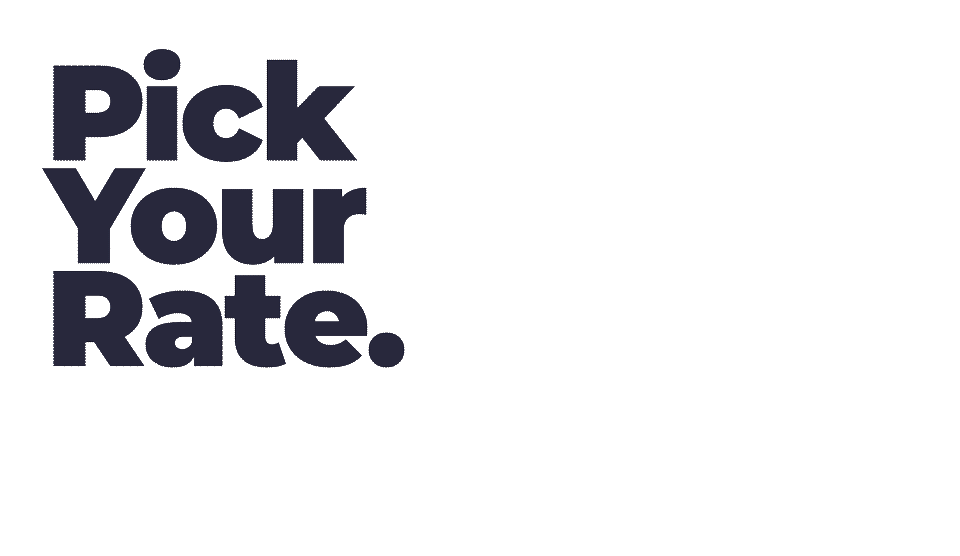
In this article
Key Facts:
First-time homebuyers from younger generations are experiencing hidden costs in the home purchasing process that leave them with regrets. A growing number of them regret their purchase (64% in 2021 up to an overwhelming 90% in 2024).
A 2021 survey of recent and first time home buyers found that 64% of millennials regret their home purchase, a significantly higher rate than from older generations. The leading regrets involve sneaky costs, the unforeseen expenses and fees that come with buying a home — from maintenance and interest rates to an unexpectedly high monthly mortgage payment.
And that trend is on the way up, with more recent surveys finding 83% had regrets in 2023 and 90% in 2024. These costs are unavoidable requirements to buy a house, but they aren’t fun to discover when you’re barreling toward move-in day.

Financial Requirements to Buy a House
The good news is that those regrets are avoidable. A good mortgage lender will help you anticipate all fees associated with buying a home, from the offer all the way to your monthly payment. And they’ll help you focus on the best house you can afford instead of the biggest house you can finance.
When building your team or mortgage professionals, choose transparent realtors and lenders willing to help you understand and predict these expenses. Here are the most common sneaky costs first-time homebuyers encounter:
1. Down Payment
Traditionally, a down payment for a home is 20% due the day you close on the new house. For any down payment under 20%, mortgage underwriters will require buyers to pay additional insurance on each payment until your invested principal surpasses 20%.
Since the down payment is applied toward the overall cost of the home, it reduces the amount you need to borrow, which decreases the amount of interest you would pay for the lifetime of the loan.
But most home buyers don’t put down 20%. The amount depends on what the loan requires and what’s best for the buyer. Lower down payments can give buyers financial flexibility in the short term, while higher down payments provide savings in the long run.
Some loan products aimed at helping families achieve homeownership will allow for a 3.5% down payment, and some buyers who qualify for VA or USDA loans can even buy a house with no down payment.
- How Much: up to 20%
- When to Pay: at close
2. Earnest Money
Earnest money is a small percentage (one to three percent) of the sale price paid to the seller once the offer is accepted. It is similar to the down payment but for the sale.
This money is held in an escrow account and isn’t touched by the buyer or seller until the sale goes through or someone breaks the terms of the contract. Once the sale is completed, the earnest money is put toward the buyer’s closing costs or down payment.
If the deal falls through due to a contingency (home inspection, appraisal, or financing issues), the contract is voided, and the buyer gets the money back.
If the deal falls through due to the buyer backing out or other bad-faith actions that breach the contract, the seller is given the earnest money as compensation for lost time and market value.
- How Much: 1-3%
- When to Pay: once the offer is accepted
3. Closing Costs
“Closing costs” is a catch-all term for any fees or payments due at the time of closing, which is when the buyer and seller sign a bunch of documents in front of an attorney and exchange keys.
Closing fees typically support the professionals who enact the actual processing of the sale, from appraising and inspecting to the cost of underwriting the loan and executing title transfers. There are many people doing many things behind the scenes every time a house is sold, and their time adds up.
These feeds often include:
- Credit and application fees
- Appraisal costs
- Home inspection costs
- Underwriting and origination fees and costs
- Title search fees and transfer tax
Buyers with competitive offers can stipulate that the seller pays all closing fees out of the proceeds of their sale so that no one has to write a check or fork over cash on the closing day. The downside is that, unlike with a down payment and earnest money, closing costs are not rolled into the actual purchase of the home.
- How Much: 3-6%
- When to Pay: at closing
4. Escrow Pre-Payments
Prepayments feel like closing costs, but they’re actually starting a fund for you to pay your homeowners insurance and property tax.
When you take out a mortgage, an escrow account is created for property taxes and insurance. This is a financial requirement to buy a house because your lender is spending a lot of money on your home and wants it to be legal and insured.
Each time you pay your mortgage, you also pay a pro-rated portion into your escrow account so that when taxes and insurance are due (typically a large sum once per year), you don’t have to worry about it.
For insurance, lenders usually require up to 12 months of premium payments, which they then use to pay your insurance provider when payments are due. A small portion of each monthly payment goes into this account to ensure you always have enough money in escrow to cover insurance expenses.
You will pay a pro-rated amount for property tax based on how far into the property tax calendar you are. If taxes are due in January, and you buy the home in March, you will owe three months’ escrow payments.
Just like with insurance, an additional portion of your monthly payment will be placed in escrow to cover property taxes when they are due. Lenders may require two months of property taxes to be paid at closing to create a built-in cushion.
When insurance or property tax bills are lower than estimated, homeowners can receive a check for excess escrow money. The two-month cushion is in place because the homeowner will be responsible for the additional cost when payments are higher than expected.
- How Much: 2-12 Months of property tax and insurance payments
- When to Pay: at closing
5. Per-diem Interest
Interest is paid in arrears (which simply means backward). So when you buy a new home, you may have to pay per-diem interest as a part of your closing costs to cover your loan between move-in and your first payment.
This number is calculated by dividing the payment by the number of days between the loan closing and the first mortgage payment.
- How Much: less than one month’s interest payment
- When to Pay: at closing
6. HOA Fees
Legally, a seller has to disclose all Homeowners Association (HOA) fees and policies before selling a home. But that doesn’t always stand out when you’re also talking numbers with inspectors, appraisers, attorneys, lenders, and realtors to close before someone else does.
Each HOA operates differently, but all charge fees to maintain neighborhood common areas and provide community services. And HOA fees can add up. The downside is that membership fees are one of the non-negotiable requirements for buying a house in an HOA neighborhood.
HOAs will usually charge a membership transfer fee and pro-rated annual membership fee (depending on how long into the billing cycle you purchase)
- How Much: varies depending on the HOA
- When to Pay: closing (But it can vary depending on the HOA).
A good lender can help you roll some of these expenses into your loan.
Your lender should help you navigate all the financial requirements to buy a house so you aren’t left with an unexpected bill at the end of the process.
A good lender can help you roll some of these expenses into your mortgage (though this strategy doesn’t apply to the down payment).
The Moreira Team works closely with Georgia’s best real estate professionals to help clients make competitive offers and close on time. If you’re thinking about shopping for a home or you’re ready to make an offer, consider starting an Upfront Approval Guarantee from the Moreira Team.




